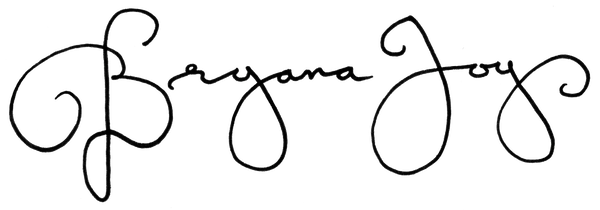
The Making of "Aşure"
Share

To date, "Aşure" is the largest painting I've created that wasn't on a wall. I've been a mostly small-format artist in the past, but do always feel the tug towards tackling some really ambitious larger works. I've resisted this urge in the past because my high-quality scanner is only big enough for surfaces the size of a sheet of copy paper and it's important to me to be able to make prints of work I spend weeks creating. But Photoshop's capabilities are so advanced now that stitching scanned images together can be essentially automated, and so watercolor paintings on a flexible surface like paper can actually get pretty big and still scan just fine. With this piece, I decided to give painting big a try.
The Process
For me, the first step towards painting a complex watercolor illustration is to plot out the whole thing on cheap copy paper. It's important not to damage watercolor paper with lots of erasing, because breaking up the fibers on the surface of the paper even a little bit can cause the paint to act unexpectedly and spread in unintended ways. But getting my illustration just the way I want it usually requires loads of drawing, erasing, and redrawing as I work out problems on the page. My solution for this is to make a detailed drawing on copy paper and then use my lightbox to transfer it to watercolor paper.
Here are some photos of the original drawing I made for this one—using two sheets of copy paper taped together because I didn't have anything bigger than that. 😅

The process of creating the first pencil drawing draft on copy paper took me about 10 hours. This drawing stage is always the one I find the most mentally and emotionally taxing because it's the stage where everything has to be pulled out of non-existence and brought into the world in a tangible form. For this piece, I wanted to compile a medley of images inspired either by my actual childhood in Turkey or by the imagined world of the "Aşure" poem.
Here you can see the copy paper draft being transferred to a sheet of Arches hot-pressed watercolor paper roughly 12x16 inches in size. When transferring the drawing to watercolor paper, I stick with just faint linework and don't add in any of the shading or thicker lines I've articulated in the draft. This is because these pencil lines will be overlaid with watercolor linework and then erased, so I want them to be as simple and light as possible.

After the piece was transferred to the thick cotton watercolor paper with pencil, I went over it with a tiny watercolor brush and some heavily-pigmented dark red paint. When the watercolor linework was thoroughly dry, it was time to erase the pencil lines and begin thinking about a harmonious color palette that would include the colors I saw as central to this piece: the warm yellow-orange light of the candle, campfire, and house windows, and the forest green color scattered throughout the vegetation. Making color decisions for such a complex piece can be daunting, and my go-to method for figuring it out is to create a swatch card that incorporates a suitable palette and to then consult it throughout the painting process to make sure I'm staying more or less within the color families I've mapped out.
Here you can see the watercolor line drawing and the swatch card:

After the piece is all swatched out, it's time to bring in the paint! Properly applied, watercolor paint is a delicate and transparent medium. Depth and complexity is achieved through a slow building process whereby thin dilute layers are stacked slowly, leaving plenty of time for each layer to dry before the next is applied. In the photos below, you can see some snapshots of those growing layers, culminating in the finished piece.
 Thanks for following along, my friends! If you enjoy this piece, you may be interested to know that there are a few gorgeous museum-quality "Aşure" prints in the shop here. I'm using Moab's luxuriously thick Natural Rag paper for these, and the photos in the listing really don't even do justice to how splendid they look in person. They really are virtually indistinguishable from the original painting, and I'm so so proud of them.
Thanks for following along, my friends! If you enjoy this piece, you may be interested to know that there are a few gorgeous museum-quality "Aşure" prints in the shop here. I'm using Moab's luxuriously thick Natural Rag paper for these, and the photos in the listing really don't even do justice to how splendid they look in person. They really are virtually indistinguishable from the original painting, and I'm so so proud of them.
All the best,
Bryana
